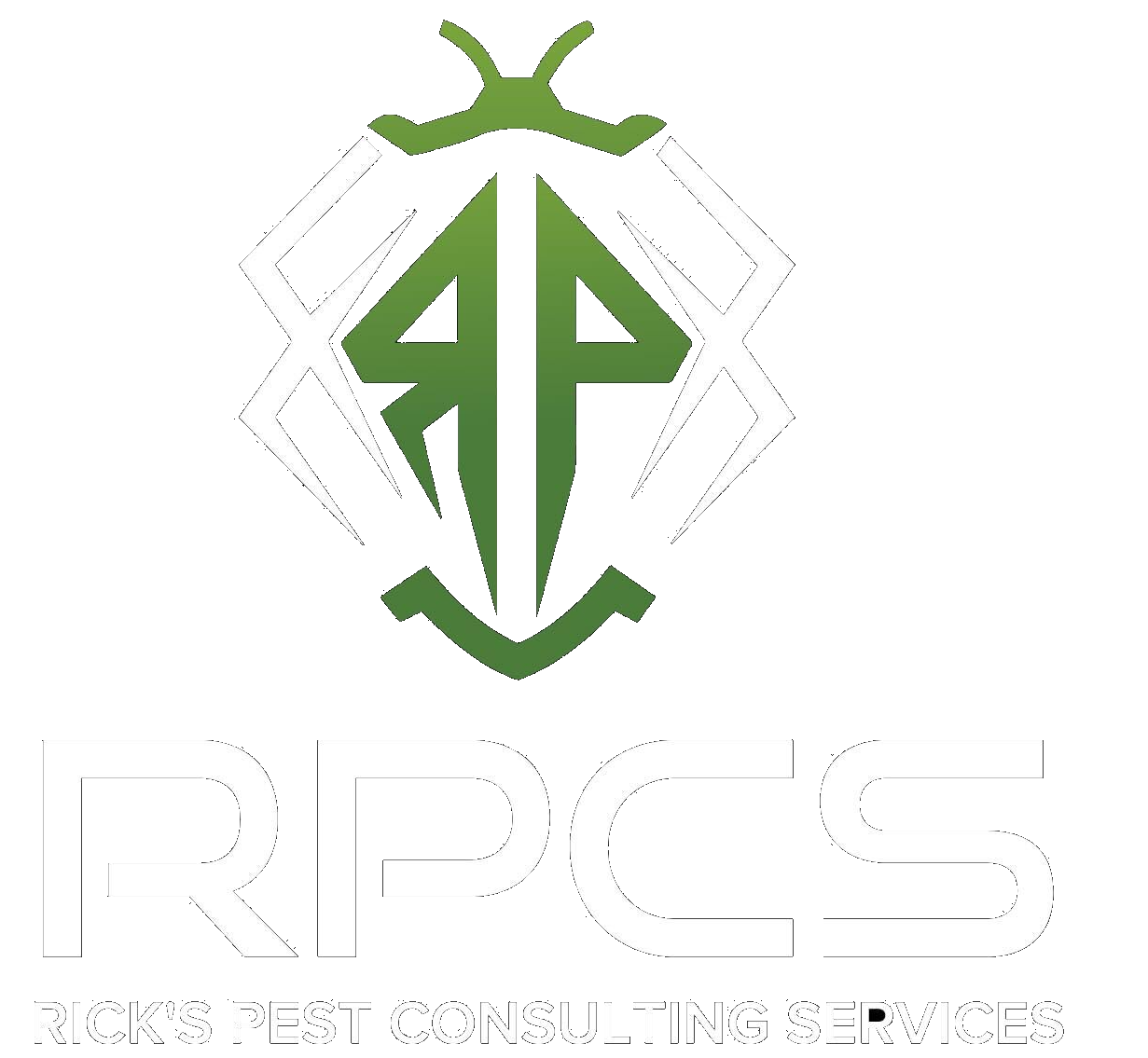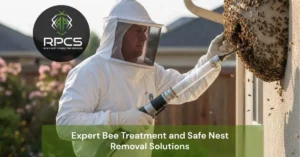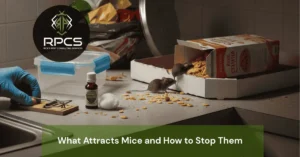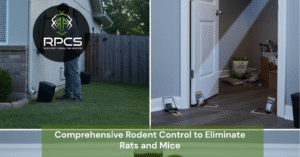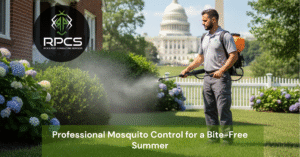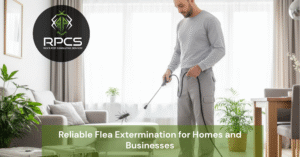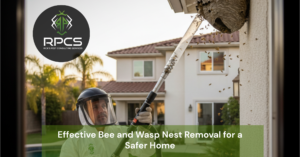Introduction
Wasps can be a serious nuisance, and in some cases, a real danger, around residential areas. Whether they’ve built a nest in your backyard, under your porch, or near a window, wasps are territorial and will aggressively defend their home. Attempting to remove a nest without proper precautions can lead to painful stings, allergic reactions, and even accidents.
This guide explores safe and effective methods for wasp nest removal to protect your home and family while preventing future infestations.
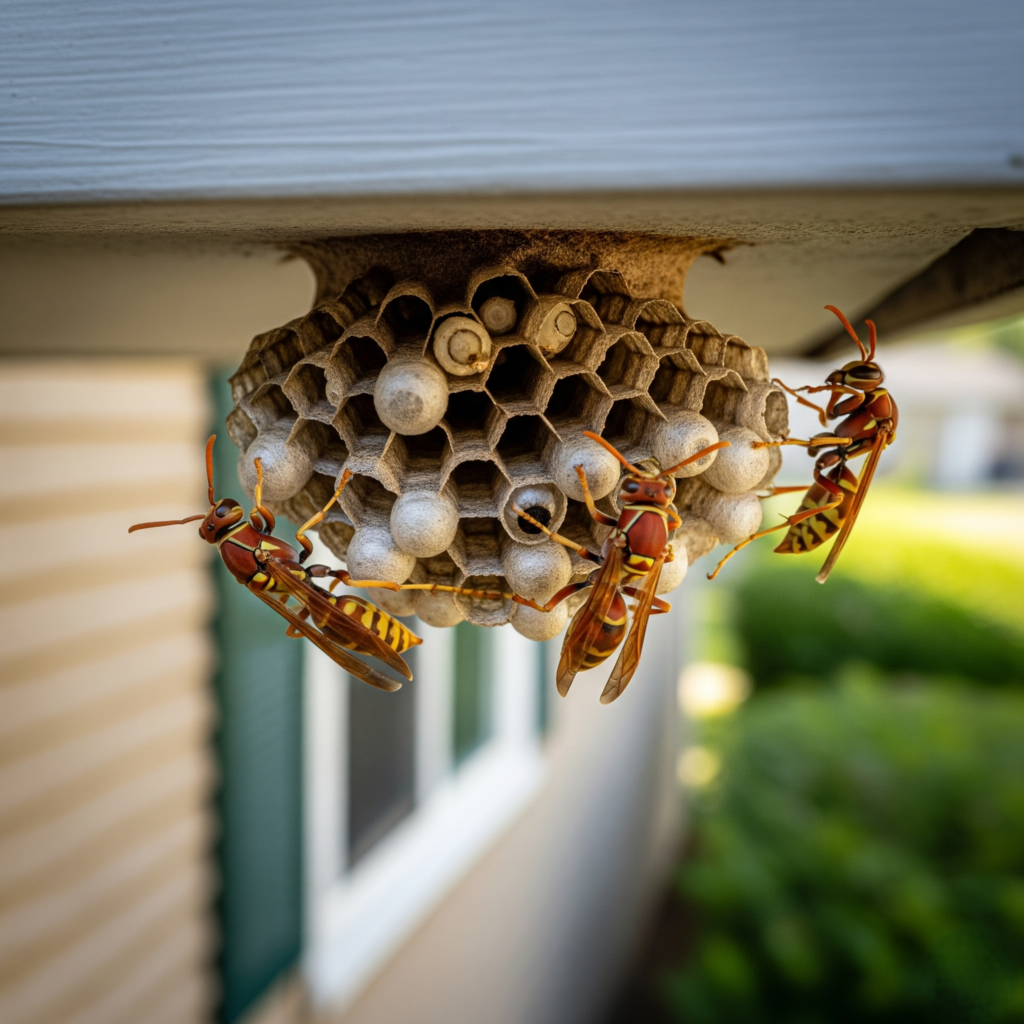
Understanding Wasp Behavior and Nesting Habits
Before tackling the problem, it’s important to understand why wasps build nests in certain areas:
- Shelter & Protection – Wasps prefer covered, undisturbed areas such as eaves, sheds, and tree branches.
- Access to Food – Gardens, trash bins, and outdoor eating areas attract wasps looking for sweet and protein-rich food.
- Seasonal Patterns – Nests typically appear in spring, grow in summer, and decline in late autumn.
Safety Precautions Before Removing a Wasp Nest
Wasp nest removal can be dangerous if done without the right safety measures:
- Wear Protective Clothing – Long sleeves, gloves, eye protection, and a hat with a face net are essential.
- Remove Nests at Night – Wasps are less active in the evening, making it safer to approach the nest.
- Keep Pets & Children Indoors – Ensure no one is in the removal zone during the process.
- Have an Exit Route – Always plan a safe retreat in case the wasps become aggressive.
Safe and Effective Wasp Nest Removal Methods
1. Professional Wasp Removal Services
The safest and most reliable way to get rid of a wasp nest is to hire a licensed pest control expert. They have:
- The right protective gear and tools
- Knowledge of effective treatments
- Insurance in case of accidents
While professional removal costs more than DIY methods, it greatly reduces risk and ensures complete elimination.
2. Eco-Friendly Spray Treatments
If you prefer a chemical-free approach, certain eco-friendly sprays use plant-based ingredients that target wasps without harming beneficial insects. These sprays:
- Break down quickly in the environment
- Are safe around pets and children (once dry)
- Require direct application to the nest
3. Soap and Water Solution
A simple mix of dish soap and water can be an effective home remedy for smaller nests. The soap clogs the wasps’ breathing pores, neutralizing them quickly.
- Mix 2 tablespoons of dish soap in a spray bottle of water
- Spray directly on the nest from a safe distance
- Repeat if needed for complete removal
4. Wasp Dust Treatments
Wasp dust is a powder insecticide designed for ground and wall cavities where sprays may not reach.
- Apply dust in the evening when wasps are inside the nest
- Avoid inhaling or direct contact
- Wait 24 hours before removing the nest
5. Natural Deterrents for Prevention
Preventing wasps is better than removing them. Some natural deterrents include:
- Peppermint Oil Spray – Wasps dislike peppermint scent
- Fake Wasp Nests – They discourage other wasps from building nearby
- Sealing Entry Points – Cover small cracks and gaps around your home
When NOT to Attempt DIY Removal
Some situations call for professional help immediately:
- Large or hard-to-reach nests
- Indoor nests inside walls or attics
- You have a wasp allergy
- Aggressive species like hornets
In these cases, attempting removal on your own can result in multiple stings and serious injury.
Preventing Future Wasp Nests in Residential Areas
To keep wasps away long-term:
- Clean up food waste promptly
- Keep garbage bins sealed
- Trim shrubs and overhanging branches
- Check regularly for early nest formation
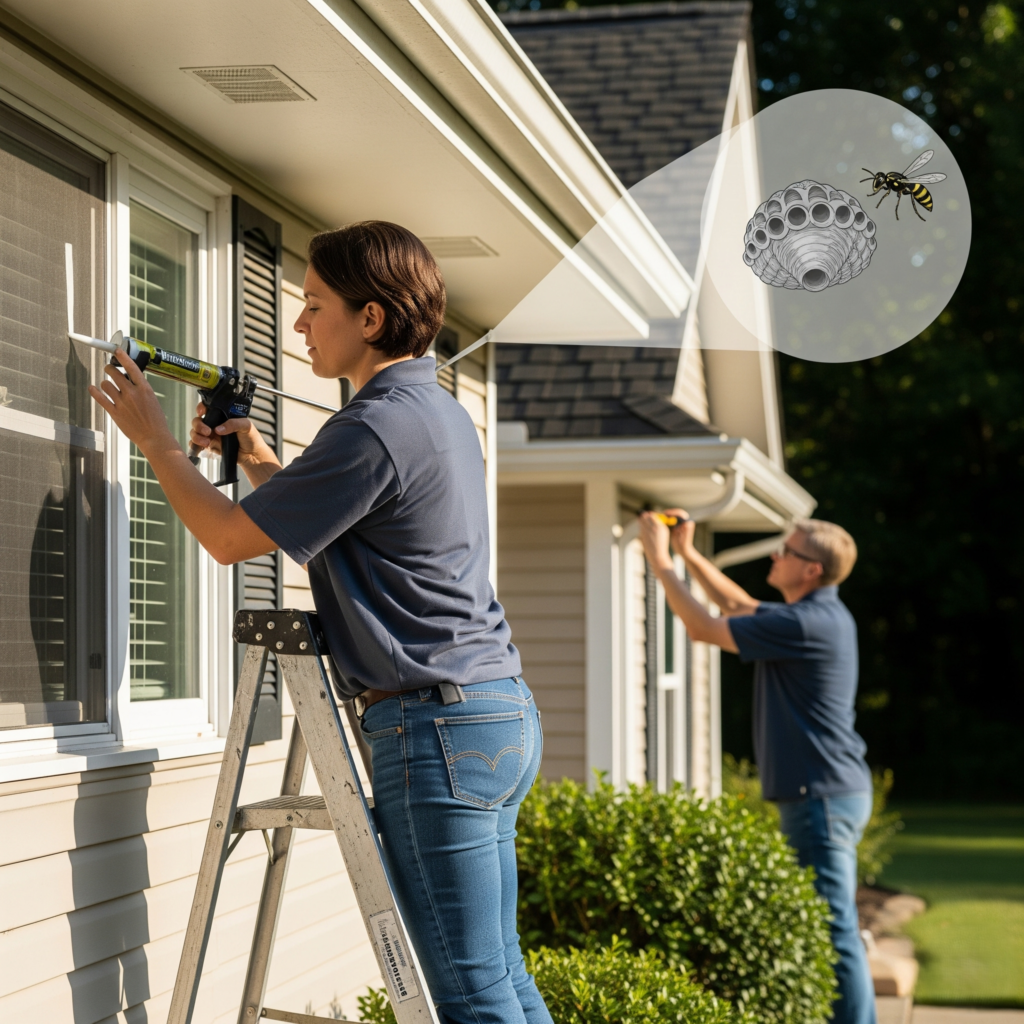
Conclusion
Wasp nest removal requires caution, proper planning, and sometimes professional assistance. Whether you opt for a DIY approach or hire experts, always prioritize safety and prevention. By understanding wasp behavior, using the right removal methods, and taking preventive steps, you can enjoy a wasp-free home and garden without unnecessary risks. Contact us today!
